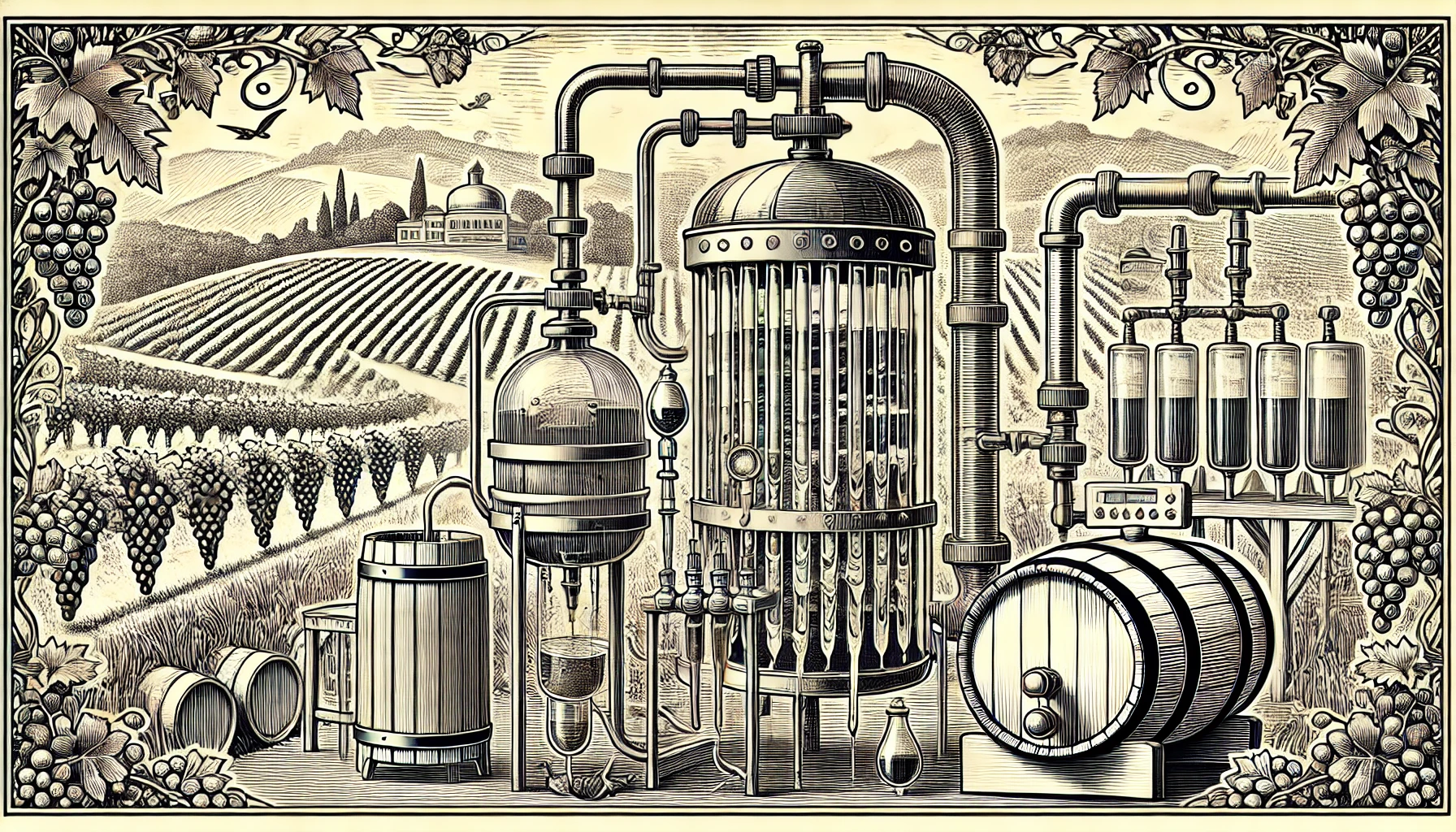
Filtration plays a crucial role in winemaking, helping to remove unwanted particles and clarify the wine before bottling. Winemakers use this process to ensure that the wine is clear, stable, and free of any impurities. Without proper filtration, sediments like dead yeast cells (lees), tartrates, and other organic matter can remain suspended in the wine, affecting its appearance and taste.
It comes in different methods, each serving a specific purpose. Some common types include depth filtration, which uses a porous material to capture larger particles, and membrane filtration, which works like a fine sieve to remove smaller impurities. Winemakers often start with coarse filtration to eliminate larger particles, then move on to finer methods for polishing the wine before bottling. This step helps to ensure a brilliant clarity that consumers expect when pouring a glass.
While filtration can help stabilize the wine, it also helps maintain its flavor and aroma profile. By removing elements that could cause spoilage, filtration extends the shelf life of the wine, making it safe for transport and longer storage. However, some winemakers choose to limit it or avoid it altogether, believing that the wine can maintain a richer texture and complexity without this step. These producers often market their wines as “unfiltered,” catering to enthusiasts who appreciate a more natural and rustic character.
Filtration remains an essential technique for most winemakers, balancing the need for stability and clarity with the desire to retain the wine’s unique characteristics. For many wine lovers, the process ensures a clear, enjoyable pour, free from cloudiness or sediment.
Curious about more wine terms and insights? Visit our Wine Wiki section and explore the basic wine terms for expert definitions and tips!